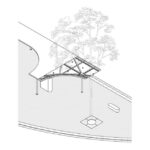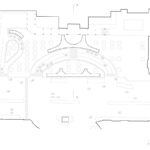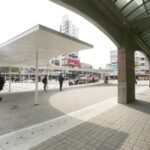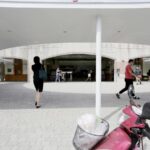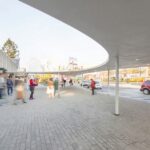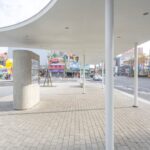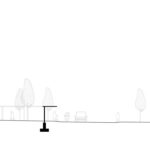Historical Context
The Chiayi Railway Station, Taiwan’s first modern steel-reinforced concrete station, was completed in 1933 without a designated square. However, with the evolution of transportation and increasing transit demands, a square began to form after 1950, becoming a pivotal space in the small town’s landscape. Over the ensuing decades, the square underwent multiple adjustments, leading to congestion and chaos, lacking the essence of a modern urban center.
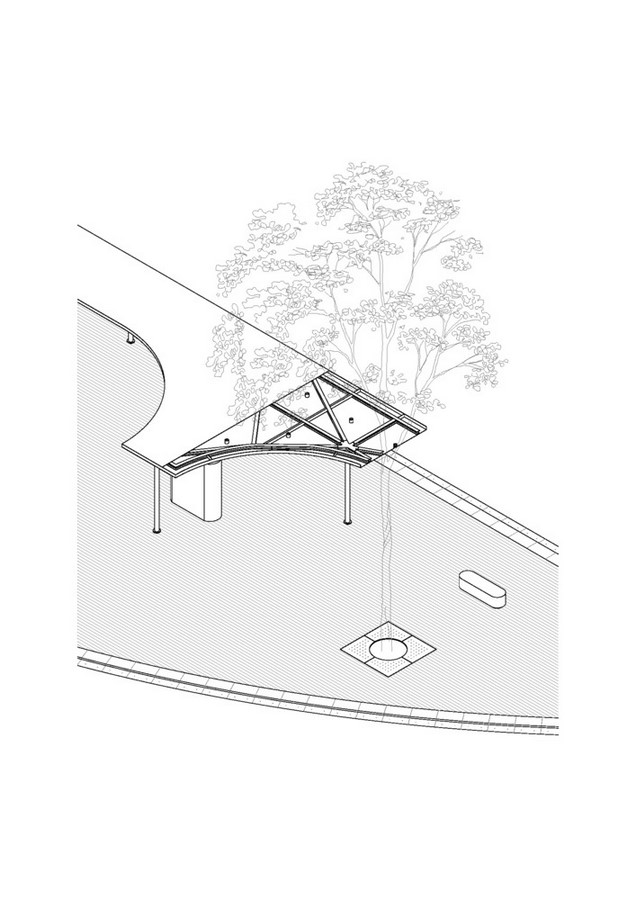
Comprehensive Reform
In 2016, the city government initiated a comprehensive reform to address these challenges. Shen Ting Tseng Architects endeavored to create a balanced space for both humans and vehicles, transcending the boundaries of the square’s interior and exterior. The objective was to transform the railway station square into a vibrant and spacious daily hub that encapsulates the essence of the moment.

Reorganizing Traffic Flow
The square serves as a convergence point for various types of vehicles, including motorcycles, cars, taxis, and buses, each with distinct scales and fluidity. To streamline traffic flow, the architects reorganized the flow of traffic elements, establishing a road system that maximizes space utilization, ensuring smooth operation, and instilling a new sense of order. Concurrently, the pedestrian area was expanded to enhance accessibility and safety.

Architectural Features
Curved sheds were strategically installed at three waiting areas along the pedestrian flow, aligning with the routes’ contours to provide shelter from sunlight and rain. These shelters, characterized by their scale, shape, weight, and structure, offer a unique spatial experience for pedestrians, encouraging moments of respite and contemplation.
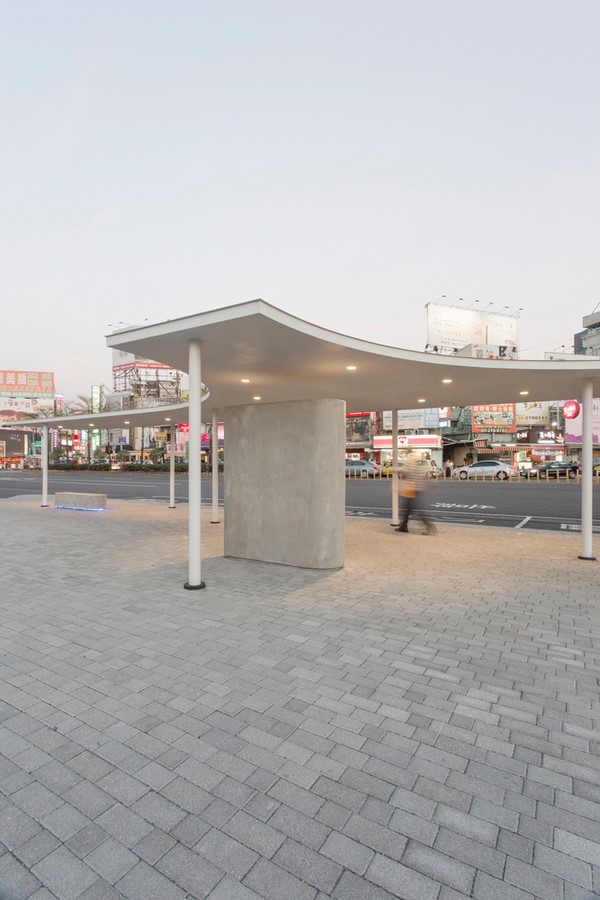
Aesthetic and Functional Integration
The design of the waiting sheds resembles floating clouds hovering close to the ground, blending harmoniously with the surrounding landscape. At a distance, they transform into slender horizontal lines, drawing attention to the historical station building and accentuating its significance within the square. The interplay of sunlight and shadows beneath the shed creates a rhythmic ambiance, inviting pedestrians to engage in a seamless experience of walking, moving, and pausing, fostering a deeper connection with the urban environment.
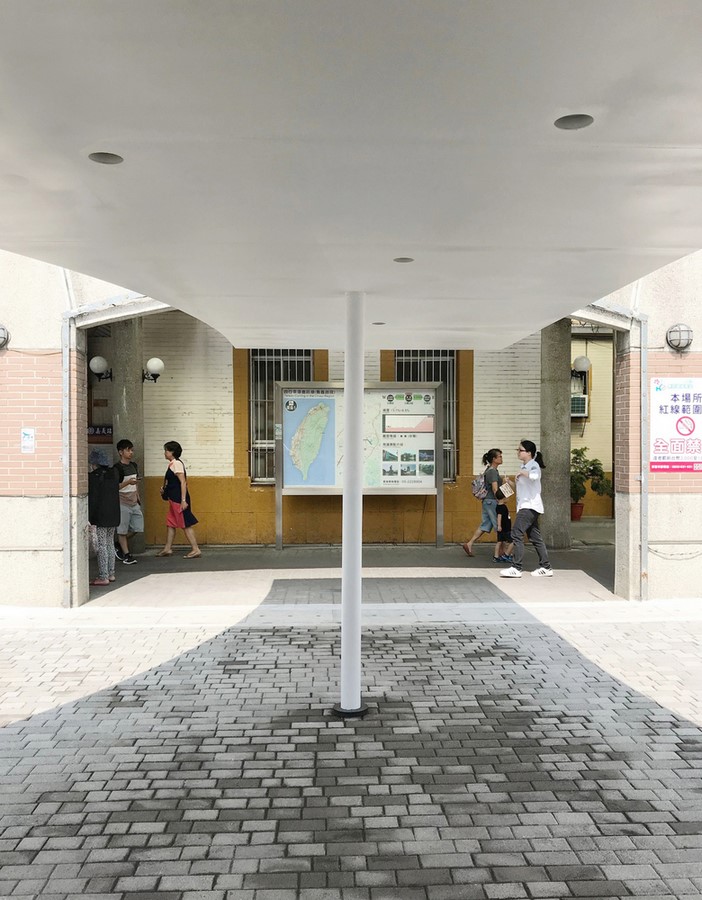
Conclusion
The renovation of Chiayi Railway Station Square represents a successful fusion of architectural innovation and urban planning, revitalizing a historic space to meet the evolving needs of the community. Through thoughtful design interventions, Shen Ting Tseng Architects has transformed the square into a dynamic and inviting public realm, enriching the urban fabric and enhancing the overall quality of life for residents and visitors alike.



